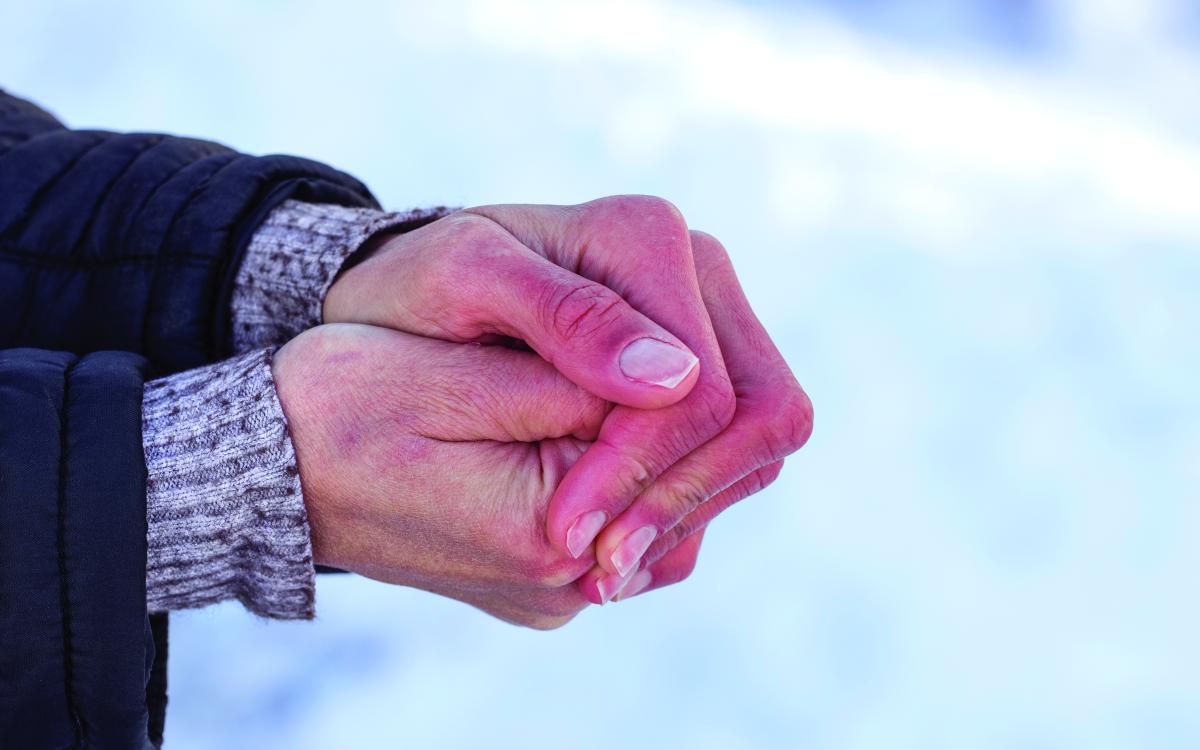When Dr. Peter Hackett encountered his first case of frostbite in 1971—a man who succumbed to gangrene after passing out drunk in Chicago snow—he witnessed the grim reality of cold-weather injuries firsthand.
Over the years, from Mount Everest to Alaska and now in Colorado, Dr. Hackett has become a seasoned expert in treating these debilitating conditions.
His experience has been characterized by a grim routine: rewarming patients, administering aspirin, and, in severe cases, performing amputations, with the hope that nature might eventually “auto-amputate” dead digits months later.
“Frostbite January, Amputation July,” was a saying from his mentor in Anchorage, reflecting centuries of medical practice limited to these grim outcomes.
However, a significant shift has recently occurred with the approval of the first therapy for severe frostbite by the Food and Drug Administration (FDA) in the United States.
This milestone marks a departure from centuries-old practices. The newly approved drug, iloprost, administered intravenously over several hours for just over a week, acts by opening blood vessels, enhancing circulation, reducing inflammation, and preventing the formation of tissue-damaging clots.
This treatment targets areas most vulnerable to frostbite—such as fingers, toes, ears, cheeks, and nose—which are at risk of necrosis due to impaired blood flow.
The approval of iloprost not only represents a breakthrough in medical science but also underscores a significant commercial opportunity for the pharmaceutical industry.
While data on the exact number of severe frostbite cases necessitating this therapy in the US remains sparse, Dr. Norman Stockbridge from the FDA’s Center for Drug Evaluation and Research estimates that the figure could be as few as several dozen cases annually.
“It’s better to have a drug for this than nothing,” Dr. Stockbridge emphasized, acknowledging the rarity of severe frostbite cases, which primarily affect high-altitude climbers, outdoor workers without proper protection, and individuals experiencing homelessness with compromised circulation.

Most frostbite cases are less severe, known as frost nip, and typically do not require the intensive treatment provided by iloprost.
According to Allison Widlitz of Eicos Sciences, the startup behind iloprost’s FDA approval, the potential US market for the drug is anticipated to be fewer than 1,000 patients annually.
“Although a small market, this represents an important new treatment option,” she affirmed, highlighting the company’s commitment to addressing unmet medical needs through innovative therapies.
The approval of iloprost for frostbite treatment builds on its prior use. Originally approved in an inhaled form for pulmonary hypertension in 2004, its intravenous application gained popularity in European countries after Dr. Emmanuel Cauchy demonstrated its efficacy in treating frostbite among mountain climbers.
Studies have shown promising results with iloprost, such as a significant reduction in amputation rates compared to untreated patients.
For instance, research published in The New England Journal of Medicine and The International Journal of Circumpolar Health demonstrated favorable outcomes, noting that iloprost minimized tissue loss and preserved affected areas when administered shortly after frostbite onset, even in remote settings where immediate medical intervention is challenging.
While iloprost represents a pioneering advancement in frostbite treatment, alternative therapies like tissue plasminogen activator (tPA), used off-label in severe cases, underscore the critical need for effective interventions in extreme weather conditions.
Dr. Hackett, reflecting on the diverse groups susceptible to severe frostbite—from climbers to homeless individuals enduring prolonged exposure—welcomes the new treatment’s potential to preserve digits and improve outcomes.
“It’s fabulous,” he enthused. “It might change the old adage.”
